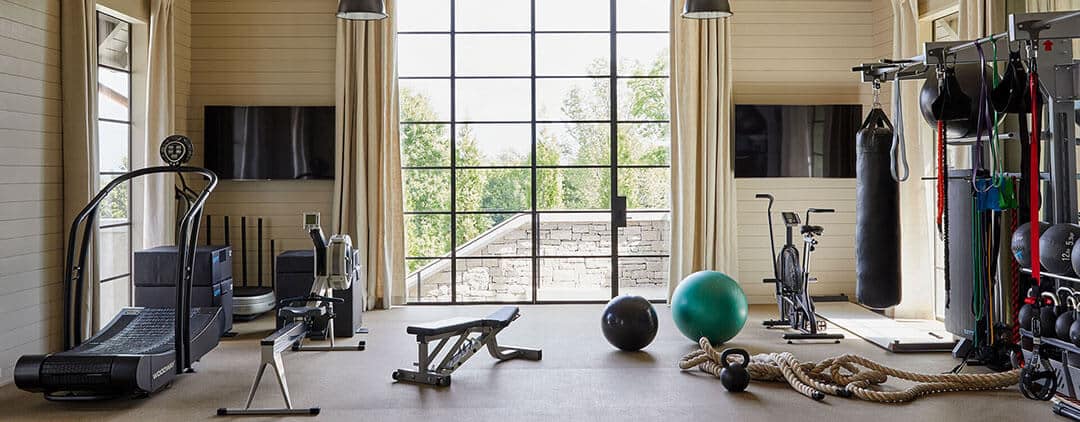Diving into the world of dumbbell exercises offers a wealth of opportunities for strengthening and toning various muscle groups. However, the question remains: how many lunges, squats, deadlifts, pullovers, and reverse deadlifts should you perform to see tangible results? This article aims to demystify the optimal number of repetitions for these exercises, guiding you towards a more effective and personalized workout routine.
Understanding Exercise Specifics
Each of the mentioned exercises serves a unique purpose in your workout regime. Lunges and squats target the lower body, emphasizing the quadriceps, hamstrings, and glutes. Deadlifts work the posterior chain, including the back, hamstrings, and glutes. Pullovers engage the chest, back, and shoulders, while reverse deadlifts focus on the hamstrings and glutes but with a different angle of engagement compared to traditional deadlifts. Understanding these distinctions is crucial for tailoring your repetitions to your specific goals.
Tailoring Reps to Your Fitness Goals
Your fitness goals should dictate the number of repetitions you perform for each exercise. For strength gains, lower repetitions (1-5) with heavier weights are recommended. To build muscle mass, aim for moderate repetitions (8-12) with manageable weights. For endurance, higher repetitions (15+) become more appropriate. Balancing these goals with the specific demands of each exercise will help you optimize your workout for the best possible outcomes.
Adjusting for Personal Fitness Levels
Beginners might start with fewer repetitions (e.g., 8-10) to focus on form and technique, gradually increasing as they gain strength and confidence. Intermediate and advanced lifters can push their limits with higher repetition ranges (12-15 for intermediate, 15+ for advanced), always prioritizing proper form to prevent injuries.
Preventing Overtraining and Promoting Recovery
Incorporating adequate rest days and varying your workouts can prevent overtraining, ensuring that your muscles have time to recover and grow stronger. Listen to your body and adjust your workout intensity and volume based on how you feel from day to day. Overtraining can lead to decreased performance and increased risk of injury, so finding the right balance is key.
In conclusion, crafting an effective dumbbell workout routine that includes lunges, squats, deadlifts, pullovers, and reverse deadlifts involves a thoughtful integration of exercise specifics, fitness goals, personal levels, and recovery strategies. By carefully considering these factors, you can create a workout plan that not only meets your needs but also propels you towards achieving your fitness objectives. Remember, consistency and patience are your allies in this journey. Stay dedicated, and watch your efforts translate into tangible results.

